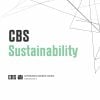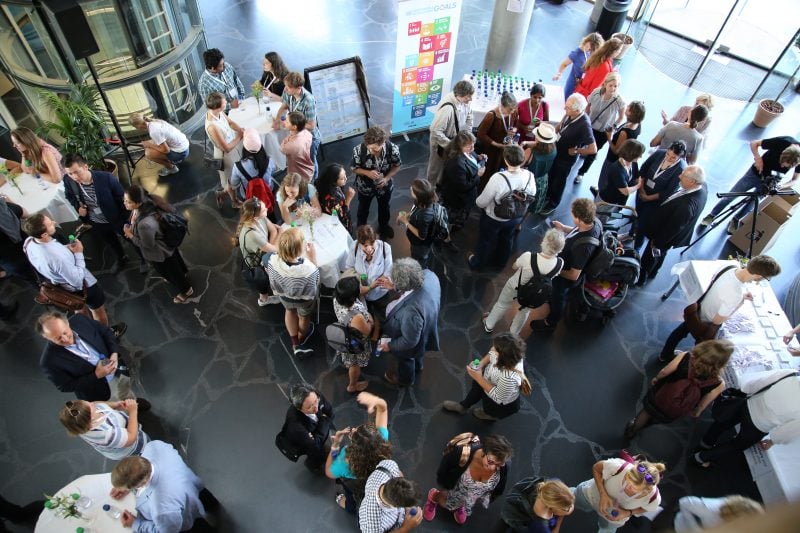Solution provider

Case


Add the case to your visit request and let us know that you are interested in visiting Denmark
Usually, participants enjoy one evening, a day or a weekend with eats and drinks, speeches, workshops or other activities. Not unusual, a folder with information is send out in advance and often participants bring home a bag, badge, booklets or other stuff from an event.
What most people don't consider: How (un-)sustainable was the event? How much higher than usual is the consumption of water (bottled or tab?), paper (schedules, posters, single-use cups, tickets) and the carbon footprint of the buffet (veggie or meat, and in which quantities; food waste?). How did the people get to the event? By plane, public transport or maybe by bike?
At the Sustainable Consumption Conference 2018, held at Copenhagen Business School, it was debated how it is possible to make the event -and in general any event- more sustainable. For the first time, the event organisers tried to actively reduce waste and the carbon footprint of the conference while at the same time raising awareness for sustainable behaviour - both individually and collectively.
[caption id="attachment_91765" align="aligncenter" width="281"]
Without a blueprint or role model, this conference was approached with new ideas and a trial-and-error mindset. Quite radical ideas some people might say. First of all, it was decided to order a vegetarian menu from the caterer spisestuerne. The consumption of water and impact factors of global warming are significantly higher for meat, especially beef. Spisestuerne did a great job in providing an amazing buffet that managed to satisfy the conference participants, while reducing the environmental impact.
Instead of giving each participant a file with schedules of all workshops, seminars and keynotes, only a few posters where printed and hung in prominent positions. Also, the schedules could be accessed digitally. The conference was not yet paperless, but the aim is to reduce the use of paper as much as possible, while still keeping everyone well informed.
[caption id="attachment_91760" align="aligncenter" width="402"]
[caption id="attachment_91762" align="aligncenter" width="402"]
Bottled water is quite unncessary in many countries. If the tap water is of good quality, using retap bottles on a conference should be preferred over single-use plastic bottles. Reusable glass bottles are a more sustainable solution after seven uses; and with a little care, they can last for many more uses.
There are many more challenges to solve in making events more sustainable. With this first step in 2018, a case was created to aim for reduced consumption and waste at events. CBS set a new standard for hosting a conference, and the plan is to improve the concept ever more.
Curious about the pilot for sustainable events? Watch the video here:
Sustainable Consumption Conference 2018 - a more sustainable event
Are You about to plan your own event? Get inspired by our Sustainable Events Guide.